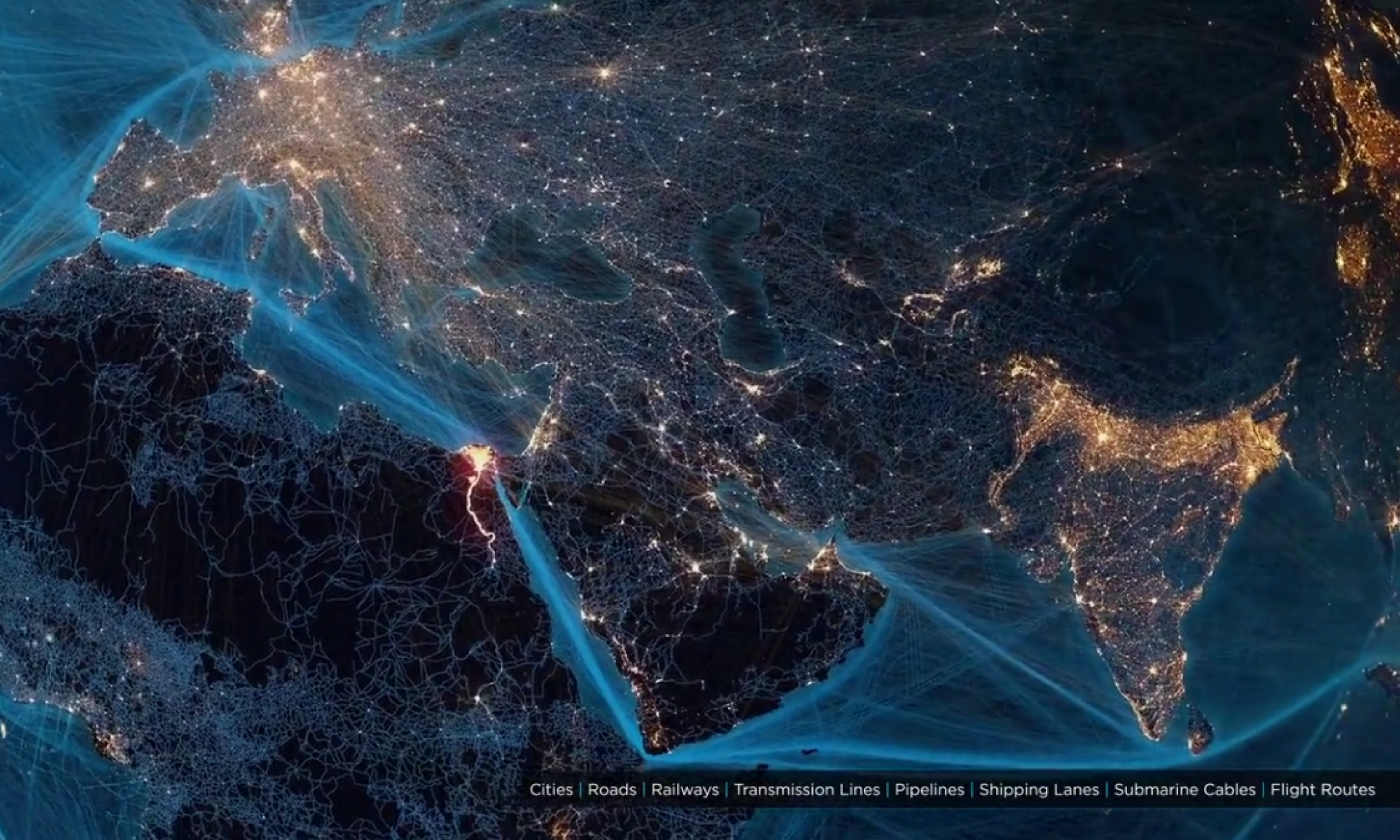In his essential book ‘Indigenous Economics’ Ronald Trosper, himself a member of the Confederated Salish and Kootenai Tribes of the Flathead Indian Reservation Montana, explains that Indigenous people often try to neutralize their spirituality when representing, advocating, and reinstating their ways of life in the context of mainstream society and politics. For example, when formulating ‘laws’ (itself a linguistic adaptation to the hegemonic institutions) for governing their homeland, they may speak of respect paid to animals without invoking the notion of their spirits. However, this also means hiding a core element of their traditional communal life. This question is of considerable importance for the current debates about introducing relational thinking in institutionalizing eco-social transformations. In the previous post, I argued that creating rituals may be a form of achieving this. I continue this discussion here by showing how we can translate indigenous spirituality into the language of science. Such a translation goes beyond the now commonplace reference to relationality in conceptualizing eco-social transformation since these arguments only refer to the generic features of Indigenous worldviews as conceptual frames but do not recognize their ontological foundations. Many scientific fields and disciplines recognize relationality as an abstract concept: after all, the mainstream economics notion of value is purely relational in rejecting all forms of intrinsic value. Hence, taking Indigenous relationality seriously requires acknowledging the validity of their spirituality.
This recognition is an exercise in the famous “Two-Eyed seeing” approach to reconciling Indigenous and Western science. Three arguments show why Indigenous spirituality’s ontology must be taken seriously in scientific reasoning, grounded in an appropriate “translation.”
First, seeing animals as being or having spirits means recognizing their personhood and agency. The critical constituents are sentience and autonomy, independent from specifically human cognitive and communicative media such as language. Modern biology has extended the domains of sentience and autonomy far beyond the usual suspects of great apes or dolphins. It includes most of the living beings with whom humans directly interact and whom they can perceive on human scales, as Peter Godfrey-Smith has shown in his influential work that has further strengthened the case for an expansive interpretation of animal rights, as reinstated in the new edition of Peter Singer’s classic “Animal Liberation.” Hence, spiritual relationality is a form of approaching the other in human symbols, enabling empathy and understanding.
The second reason allows us to extend these notions to include the nonliving world, hence tearing down what Elizabeth Povinelli calls the “geontological power” of neutralizing the non-living world to subjecting it to economic exploitation. We can translate the Indigenous spirituality of the landscape into the modern notions of distributed agency, which have been developed in various versions, mainly referring to humans in the sense of seeing human agency as being distributed but also approaching assemblages of other material entities as having agency. The extension to material agency is controversial, but at least when it comes to the extension of agency to other species, we can say that the agency of living beings is distributed across those elements of the landscape that enable their actions: The forest is part and parcel of the agencies of all its living members. Hence, once we accept other species as having agency, we must move forward and approach this agency as being embodied in landscapes of ecology.
The third step builds on approaching ecosystems as networked semiosis, that is, as the interplay of signs that coordinate the actions of all its members, with signs defined by their life functions. Modern ecosemiotics systematically elaborates on this. An ecosystem is not only a system of physical and chemical interactions but a system of meanings embodied in its material elements, living and nonliving. Using another term, the ecosystem is a system of affordances arranged in a complex pattern manifesting in the induced actions and processes. The semiotic view does not only include efficient causation but also the finality of such processes of pattern formation. These finalities are what Indigenous spirituality reflects. One of the key insights is that scientific methods cannot predict the evolutionary dynamics of these networks. Hence, Indigenous spirituality recognizes their creative and unpredictable powers.
In sum, modern science can reconstruct the Indigenous spiritual ontology. This result implies we can follow Indigenous practices in designing and enacting solutions for eco-social transformation in the context of mainstream societies deeply emdedded in the technosphere and sxstems of meaning that are shaped by scientific secularism. My previous post introduces one example, enacting Nature-based solutions as ritual practices engaging humans and nonhumans in a gift-giving relationship.
